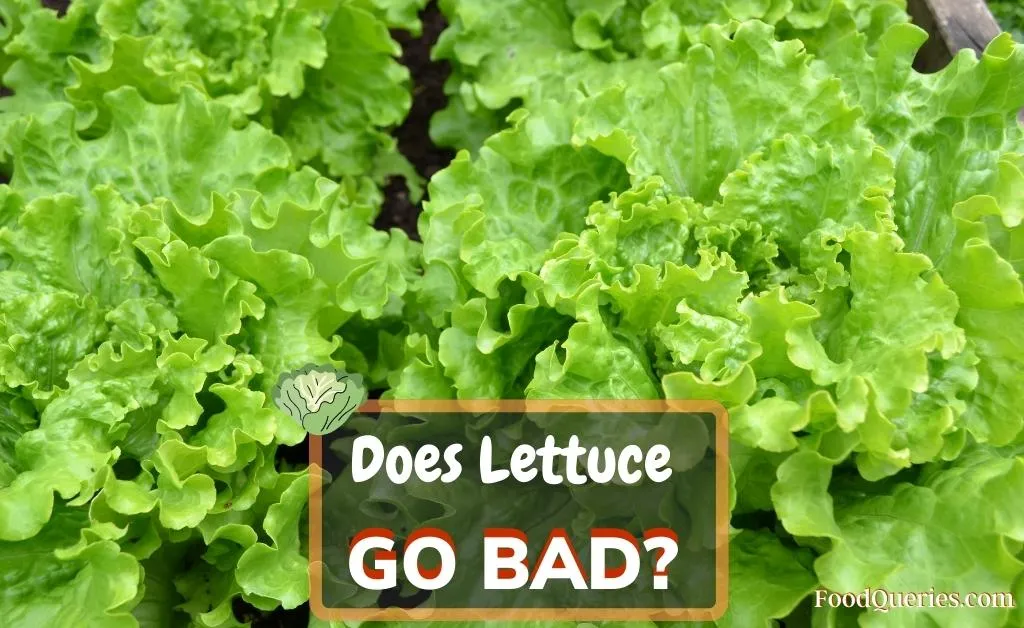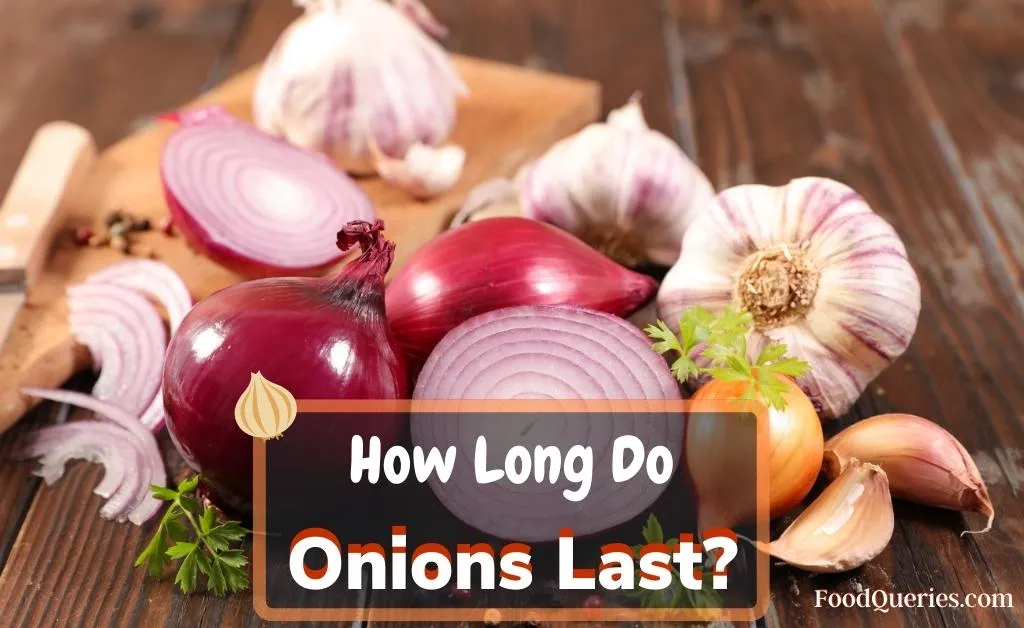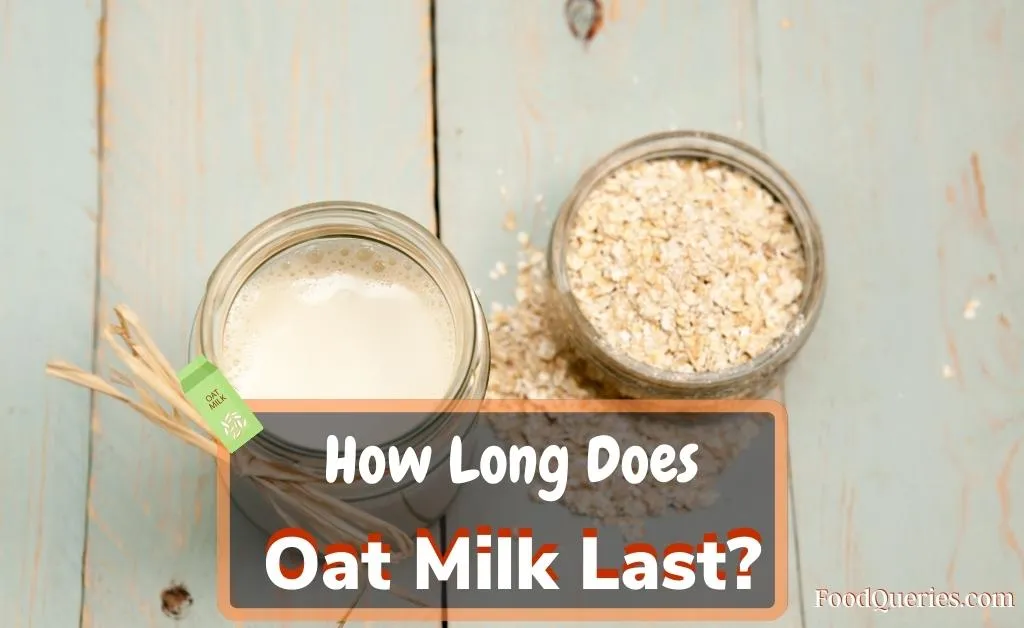Lettuce is a great addition to your meals. Lettuce will bring in the crunch, whether a big bowl of salad or a cheesy hamburger. And because they can be consumed easily, you might go overboard while buying them.
Buying lettuce will always leave you wondering: How long does lettuce last in the fridge?
The shelf life of lettuce will be different for each head you have in store. Generally, lettuce stays fresh and crisp for 8-10 days if properly stored. However, tight-bound heads such as iceberg and endive can last longer.
So, what is the proper way of storing lettuce?
Or
How can you identify a bad bunch of lettuce leaves?
Let’s dig into these questions right away!
Does lettuce go Bad?
Yes. Like every vegetable, lettuce can go bad quickly. Compared to other leafy vegetables, lettuce has a relatively short shelf life. While head lettuce lasts 10-21 days, leaf lettuce lasts 5-10 days. So, after 10-20 days, lettuce can go bad.
A bad lettuce leaf will start turning yellow. It will start to get soggy and slimy. You can also notice brown/black spots on the leaves. Once this happens, throw away the leaves.
How to store lettuce the right way?
Fresh green leaves (including lettuce) are nutritious and can last for more than a week. However, the shelf-life of lettuce varies from one head of lettuce to another. With the storage tips mentioned below, you can use fresh lettuce every time:

1. Storing Heads of Lettuce
Whole heads of lettuce (iceberg, romaine, butterhead) are available at groceries stores. Storing them properly will give you an extra crunch with your sandwiches.
- To store these kinds of lettuce, do not cut the heads. Leave the heads intact, and do not wash the leaves until you want to use them. Leaving the heads whole of lettuce will keep them, fresher, for longer.
- Store heads of lettuce by removing any damaged/shriveled leaves. Wrap the crisp lettuce leaves in paper towels and refrigerate them in a vegetable drawer. This will prevent the lettuce from drying out.
- If your lettuce comes pre-packed (iceberg lettuce), do not remove the packaging. Store it as it is until you want to use it immediately.
2. Storing Loose Leaf Lettuce
- Loose lettuce is pre-washed, sorted, and is often sold in a box/bag. To store the loose lettuce, remove any wilted leaves and give them a good rinse. Washing the leaves will get rid of any dirt and potentially harmful bacteria.
- Washing the lettuce before storing them will keep them crisp and fresh. Store the leaves in a plastic or glass container to ensure they stay crisp for longer. Line the container with a few paper towels and scatter the leaves. Close the lid properly and refrigerate it.
- While storing the leaves, ensure proper air circulation in the box. Leave some space empty for the air to circulate. Don’t suffocate the box while storing the leaves.
- Use a durable container to store the lettuce leaves. This will prevent the leaves from getting squished or bruised from other items in your fridge.
Also Read: How long does Pesto last in the fridge?
How long does lettuce last? Can You Freeze Lettuce?

Yes. You can freeze lettuce for later use. You can use the frozen leaves for cooking and flavoring purposes. However, the frozen lettuce will no longer be crunchy or crispy. So, frozen lettuce is a big NO to add to your sandwiches or salads. What makes the leaves whither when frozen? It is because freezing causes ice crystals to form in plant cells, rupturing the cell walls. And because lettuce has a high water content, freezing them can make them messier.
Don’t know what lettuce leaves freeze better? Thicker-leafed lettuce (romaine and Butterheads) can freeze better than iceberg lettuce. Apart from the leaf type, freezing homegrown lettuces have higher endurance for freezing. If your lettuce is shipped or old, it will likely wilt in the freezer.
How to Know if Lettuce Has Gone Bad?
Lettuce is popular for its high content of water, vitamins, and minerals. Although nutritional, this crunchy leaf can go bad quicker than other vegetables. Therefore, it is important to know when the lettuce has gone bad.
1. The Lettuce Leaves are Fuzzy
A fuzzy leaf is a clear sign of dying lettuce. Fuzziness can be spotted when the leaves lose their bright green color. When the fuzziness increases, the leaves will wilt and lose their sturdiness.
2. Bruised Leaves and Brown Spots
Brown spots or bruises are a clear sign of spoilage. Not only will they alter the taste, but they can also make you sick. The bruises indicate the leaves were not stored properly.
3. You have Mushy, Slimy, or Soft Leaves
Firm and crispy leaves are a clear sign of fresh lettuce. Once the leaves wilt, it indicates the leaves have become old. So, once your leaves begin to get slimy or soft, they are no longer edible.
4. Yellowing Along the Outside of the Lettuce Head
A lettuce head can keep fresh just for a few days. So, make it a point to check your lettuce’s best-by-date regularly. You can also store lettuce in the fridge to extend its longevity.
Also Read: How long does hummus last in the fridge?
Risks Associated With Eating Bad Lettuce

When lettuce is not eaten as a salad base, it is eaten as an add-on in sandwiches or burgers. This means 3 out of 5 times, lettuce is eaten raw. Eating raw vegetables has a high chance of causing serious illness. A common risk associated with eating bad/unwashed lettuce is food poisoning. This is usually caused by the e-Coli bacteria.
Major signs of E. coli in lettuce usually begin 3-4 days after you have been exposed to the bacteria. However, minor symptoms of sickness can appear the next day after exposure. A few common symptoms of eating bad lettuce include:
- Diarrhea. In minor cases, diarrhea will be mild and runny. In severe cases, however, diarrhea can be bloody and painful.
- Stomach cramping. Experiencing cramps and pangs of pain is a common sign of food poisoning.
- Nausea and vomiting. During food poisoning, the food is unable to get digested. This will cause constant vomiting and nausea. In extreme cases, you might even get dehydrated. Therefore, drinking plenty of water/liquids is important when suffering from food poisoning.
Frequently Asked Questions (FAQs)
Q1. How do you know when lettuce is bad?
Ans. The Lettuce that has gone bad starts to wilt, and the leaves become fuzzy. The bright green color is replaced by brown and black spots. Another sign of lettuce gone bad is they become mushy and slimy.
Q2. How do you keep lettuce fresh for 2 weeks?
Ans. To ensure the lettuce stays fresh for longer, wash the leave and pat them dry. Next, wrap your now-dried head of lettuce in paper towels. Store the leaves in an airtight container and refrigerate them. This is an effective way to keep your lettuce fresh for up to 2 weeks.
Q3. How do you keep lettuce fresh in the refrigerator?
Ans. To keep lettuce fresh in the refrigerator, wrap each head in aluminum foil. Place the foiled heads in the fridge. Ensure the leaves are not exposed to the air to prevent them from drying.
Q4. Can you eat lettuce after 2 weeks?
Ans. The freshness of lettuce depends on the type of lettuce you use. Head lettuce (iceberg or romaine) can easily last 2-3 weeks. Loose leaf lettuce (butterhead) can be fresh for up to 7 to 10 days. So, you can consume loose lettuce after 2 weeks, it will not have the crunch and flavor.
Q5. Does lettuce expire in the fridge?
Ans. The shelf-life of lettuce varies from one head of lettuce to another. But if stored properly, lettuce stays fresh and crisp for 8 to 10 days. If stored improperly for more than 2 weeks, the lettuce can even expire in the fridge.
The Bottom Line
Everyone enjoys lettuce, whether it is in a salad or sandwich. But you must store the leaves well to have your money’s worth. Remember to thoroughly wash the leaves before using them. Do not put the wet leaves in the fridge; pat them dry. Use paper towels to store the leaves. This will absorb any excess moisture while maintaining the crunch.
If you see signs of spoilage, immediately throw away the leaves. Consuming bad lettuce can infect you with e-Coli, making you seriously ill. If you see signs of food poisoning, immediately visit the doctor.









